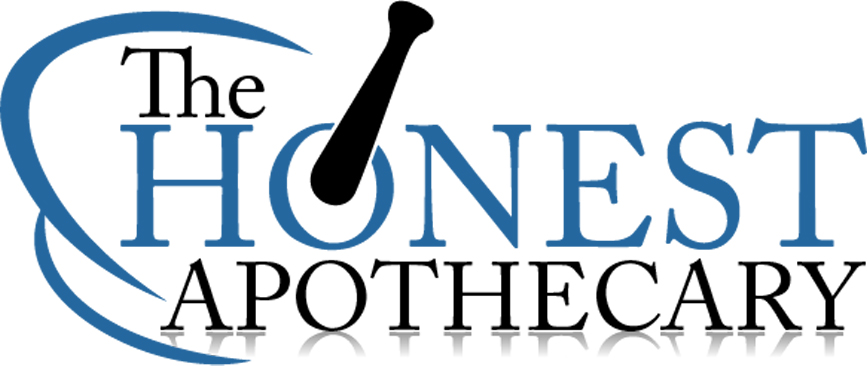Mark Twain quipped that “all generalizations are false, including this one.” I don’t think, however, I am taking too great a risk when I say that retail pharmacy is – generally speaking – in a staffing dilemma. For those less familiar with this industry, the problem involves an escalating volume of prescriptions being filled by an ever tightening supply of staff. However, the problem is more complex than mere prescription numbers and pharmacist/tech hours allowed. The retail setting is becoming increasingly burdened by [sometimes] corporate processes and [often] legislative apathy toward an environment that is becoming dangerous for patients and frustrating for pharmacists.
I don’t consider myself an expert on the issues involved in this problem. I know enough to know the answer isn’t easy. Profit margins are tight and staffing is expensive. I also know that while some issues contributing to the staffing problems are rather universal, other issues are unique to particular stores or particular chains. But at the end of the day many pharmacists are growing more and more frustrated with the demands upon their time by their employer that should be spent checking prescriptions more carefully and counseling patients. Something must be done.
I’ve been doing the retail pharmacy thing for…well…it seems like most of my life. My first job (pharmacy tech) was in a retail pharmacy in California 26 years ago. This year I will have been wearing the white coat (pharmacist) for 20 years. I have worked for independents, but mostly for chains. Most rewarding, I have worked side by side with dozens of pharmacy students as a preceptor and rotation supervisor. And I have talked my fair share of ears off about the challenges we face in the community pharmacy setting.
One of the things I have very slowly learned over the years is how to recognize the types of pressures we face in retail. I typically look at the pressures as coming from 3 sources (the 3 P’s of Pressure):
- Prescriptions
- Politics
- People
Prescription pressure is just the volume of prescriptions that need to be filled. Everyone “feels” this pressure differently. Some feel it when just a few scripts are still undone. Others feel it at 50, 100 or some hardly feel it at all. But whatever you feel you can manage, typically this isn’t the hardest pressure to deal with. There is only so fast you can safely go.
Political pressure is pressure from bosses, corporate, company policies. This is that pressure that weighs you down when a supervisor has some unreasonable expectation of you or your staff. Political pressure can be painful. It can be frustrating. But it tends to come at intense moments when deadlines are imposed and time is short. And even though political pressure can feel unbearable, it at least comes from individuals who (although unsympathetic often) understand how the pharmacy operates.
People pressure is, in my opinion, the one that has taken me the longest to figure out and manage. People pressure comes from (sometimes) unreasonable demands by patients. People pressure is the clash between their time and money and your time and resources. Complaints & questions about wait-times, copays, authorizations, out-of-stocks, etc intrude into our work flow and rain down misery into an already over-flooded pool of prescriptions and responsibilities. Learning (and continuing to learn) how to manage the people-pressure has paid me the most dividends in the past two decades of practice. I have yet to perfect it. I still make mistakes communicating with patients and find myself chasing my tail at times. But if I could give any little tiny bit of advice to my fellow pharmacists, future-pharmacists and techs it would be this – study to manage your patients and minimize the pressures they create.
I can’t tell you exactly how to do this in your particular setting. I can tell you that I have learned over the years that getting into extended discussions (also sometimes known as arguments) with patients and customers about their complaints is typically like biting off your nose to spite your face. Learning – and teaching your staff as well – how to prioritize patient needs is an important skill that often takes time to grasp. I have seen pharmacists and techs take 20-30 minutes dealing with an issue on the phone that could have been managed in less than 5 (and yes, I’ve done this myself too). Learning how to ask patients to come back, or call later, as you assist them with an insurance issue often frees you to work on their problem a bit later.
People pressure. Patient pressure. It is an inevitable part of the community pharmacy profession right now. Learning to manage it doesn’t solve the staffing dilemma. However, a failure to learn (and continue to learn) the people-skills needed to make the day more manageable can ruin a pharmacy operation even when plenty of staffing is available.
Until we learn to deal with this issue – and yes, many more that make up the staffing dilemma – we will continue to be UNDER PRESSURE
frustration in pharmacy pharmacy staffing
Last modified: September 2, 2022
















